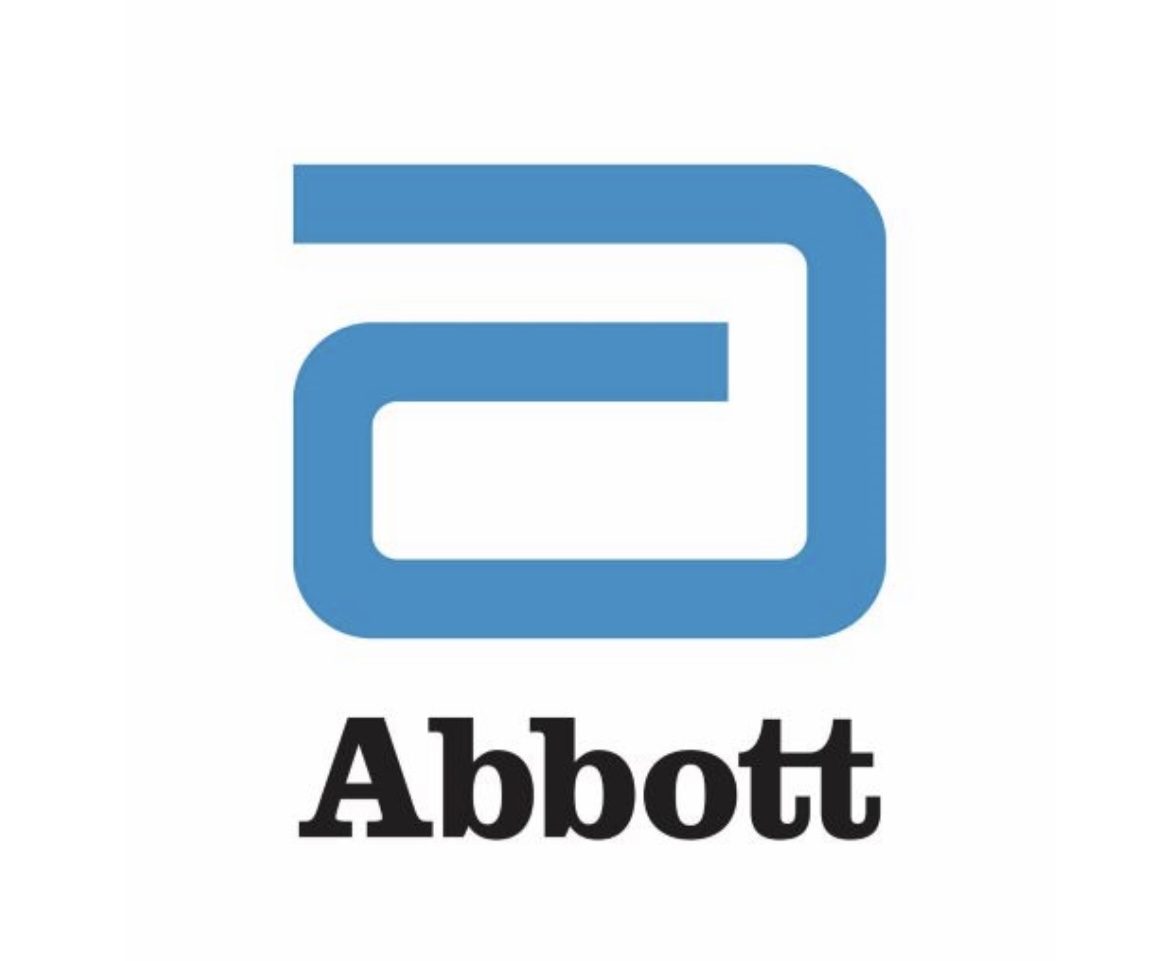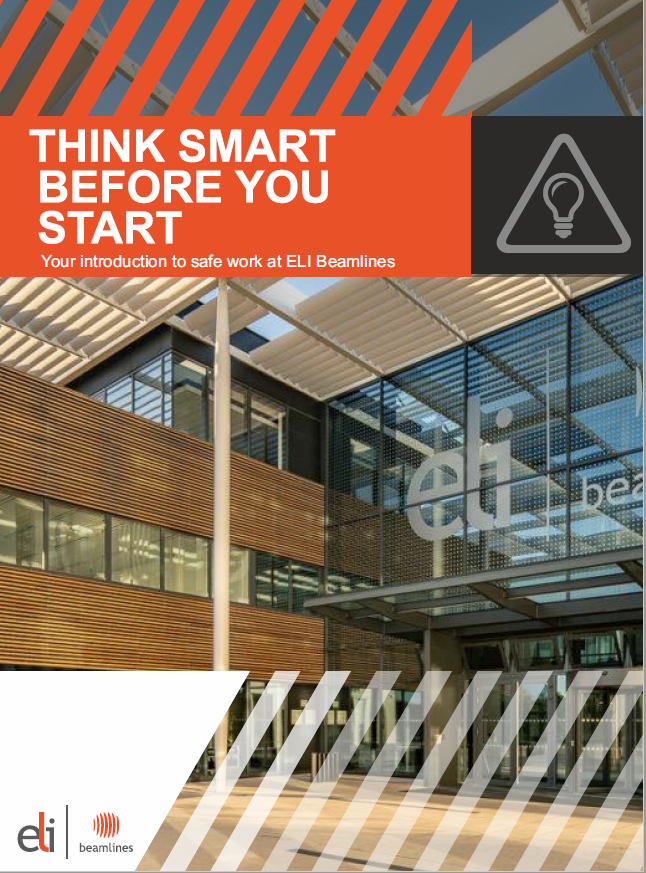Title Page
-
Site conducted
-
Conducted on
-
Leader
-
Area
-
Area Manager
-
Employee(s) Accompanying Walk-About
Employee Behavior
-
Are employee work stations and equipment adjusted to work in a comfortable posture and position?
-
Workers must be comfortable at the work area (e.g., working at or near elbow height, not bending or over reaching.)
-
Ask an employee to give an example of how they would submit a safety suggestion or report a hazard?
-
Speak with their Supervisor, AV EHS QR Code, via link on AV EHS webpage, submit an LPI, talk with an EHS representative.
-
Ask an employee if they participate in the daily stretch exercises and job rotation program?
-
Operations should be stretching 2x/day (as a group) and
2x/day (individually); Admin areas should be stretching 2x/day (as a group); Job rotation is defined as changing stations halfway during a shift or working multiple stations with a built-in rotation. -
Are employees complying with the Personal Protective Equipment (PPE) requirements for the area?
-
Safety glasses required in the CER, shops, labs and other areas with hazards. Other types of PPE required may include safety shoes, chemical aprons, gloves, etc.
-
Ask an employee what he/she would do if injured or feel pain on the job.
-
All work-related injuries and pain should be reported to the Lead/Supervisor and Occupational Health as soon as possible.
-
Are the cutting tools being used appropriately and are they being stored in a safe manner when not in use?
-
Safe cutting tools include utility knife with a self-retracting blade, safety blade in holder, and scissors. Sharps should not be left unattended in the work area.
Emergency Preparedness
-
Ask an employee the emergency number and when it should be used?
-
Emergency number is 555. It should be used to call for all emergencies.
-
Is access to emergency response items unobstructed? (e.g., safety shower, eyewash station, fire extinguisher, emergency exit, electrical panel and circuit breaker).
-
There should be easy access to all emergency response items.
-
Ask an employee to point to the emergency exit.
-
Employee must be able to readily point to the emergency exit.
EHS Practices
-
Identify a chemical in the area and ask an employee how they would obtain a copy of the Safety Data Sheet (SDS
-
Hard Copy - Right to Know Station; Ask their supervisor; Online - at AV homepage – Resources-Safety Data Sheets-Temecula
-
Is the area clear of slip, trip and fall hazards?
-
Housekeeping in the area must eliminate slip, trip and fall hazards.
-
Ask an employee to point to an emergency stop (e-stop) at their station, how it works and when it is used.
-
An e-stop must be used when a hazard is noticed or in an emergency.
-
Are chemical and waste containers labeled and closed?
-
Chemical/waste containers must have labels on content and hazard (combustible, corrosive, etc) and closed when not in use.
-
Are appropriate COVID and health information signage visible?
-
COVID signage should be up-to-date and health information signs should be current and in good condition.
-
Any other EHS concern you observe in the area?
-
Other facilities, equipment and housekeeping issues identified in area.








